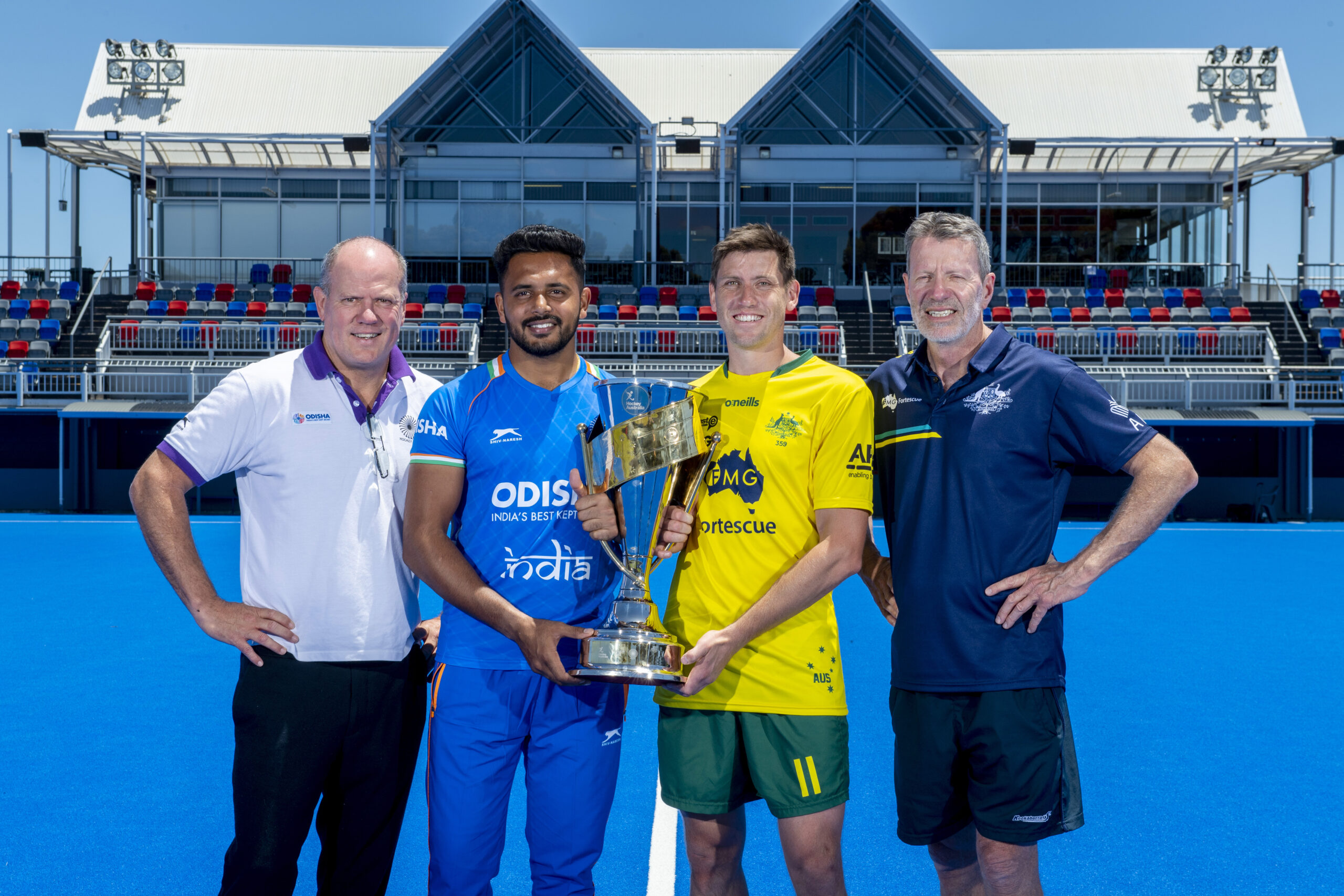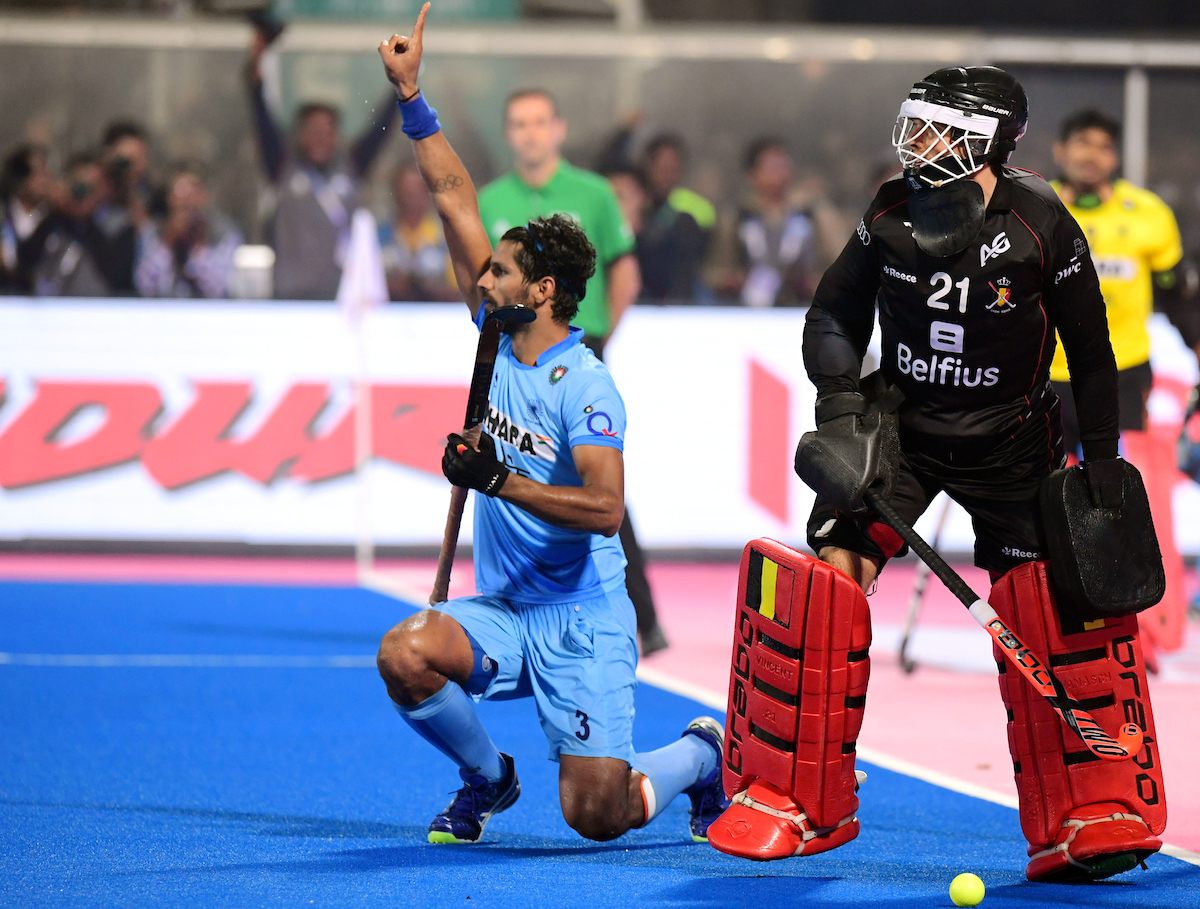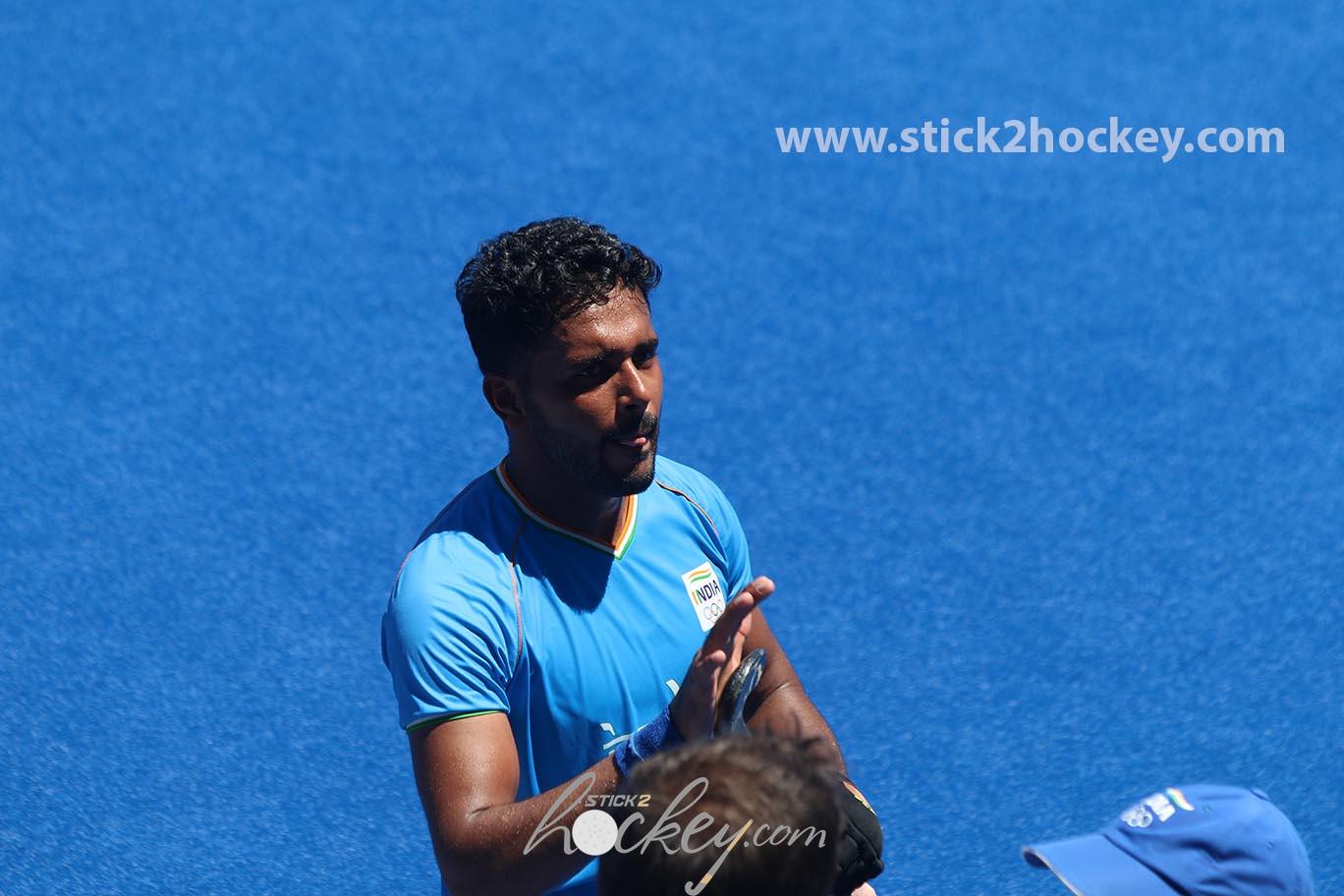Top 10 take aways of India-Australia Test Series
Share
K. ARUMUGAM
During the 2010 World Cup, the then Foreign Minister of Australia (Stephen Smith) and Human Resources Minister of India (Kapil Sibal), jointly unveiled a trophy called Ajit Pal – Charlesworth Trophy. It was meant to be given to winners of any bilateral series between the two hockey powers. However, we did not hear about it beyond that day. But the Series continued, both teams met often in the last decade. The tradition peaked this month with the 5-Match Series that was completed today at Adelaide.
India won just a token match — winning Australia coming after six years — out of five. Australia won the rest in an authoritative manner. The Series was special, significant and signal for future course of relationship between two hockey nations which needs each other to prosper between themselves and, in the process, to lift the profile of the sport.
Below is top 10 take aways of the Series
- Normally, bilateral series are considered exploratory exercise by the national teams, interest restricted to giving exposure to players before major tournaments. One exception to this general rule has been India and Pakistan who used such series as marketing and profile enhancement tools. Therefore, no seriousness was perceived by the public in such events. Mostly teams played one or two matches, at best three. If more, these used to be unofficial, friendly ones. Normally, these ‘silent series’ are played in splendid isolation without anyone taking note of it. The present Series was seemingly conceived as an entity with a prior publicity, specific trophy unveiled, made worth of Live telecast, with good commentators and was notably lengthy, five matches. After Lanco Hockey 9s, it’s a modern approach by Hockey Australia which needs appreciation. The narrow FIH ranking between the two nations made the Series serious, worth of a commercial property. This augurs well for hockey which needs all round effort to uplift its profile. This is how a Bilateral Series should be production and presentation wise.
- Both the teams entered their best talents, no resting of stars. As a result, the Australian side had as many as 10 players who had more than 100 caps including five who are 200+. As regards India, only two players — Simranjeet Singh and Vivek Prasad Sagar — were absent due to injuries or whatever. The current bests were there. The composition of the teams really made the Series watch worthy, noteworthy and entertaining.

A new trophy for the Adeliade Series was unveiled, which both captains hold before the Series started
- India and Australia are traditionally known for practitioners of attacking brand of hockey, which makes their style appealing. The teams lived upto the tradition. As a result, five matches produced 42 goals, 8 plus goals per match! Aren’t such encounters worth of watching? Matches between top European teams do hardly yield these many goals.
- As a result of aggressive hockey these two teams displayed at Adelaide, we saw a whopping number of penalty corners produced – 70 to be specific. The average PC per match is 14. Which means we had plenty to observe and celebrate. At the same time, coaches’ requirement as to how to manipulate PCs is also adequately met. At the same time, one should not miss the big picture. Matches were not lost on account of success with penalty corners alone. Thankfully, it was not the sole deciding factor. 21 field goals were struck. Akashdeep Singh’s last minute field strike in the only Test that India won is a pointer. Lest, last second conversion of penalty corner as observed in the first encounter would have stolen the show despite the fact that we all want field goals.
- World Cup was just 50 days away when the 9-day-5-match Series commenced. By producing so many goals and penalty corners, both teams had immensely benefitted. Of course, India got better exposure than the hosts by virtue of its lower ranking and has a history being at the receiving end at the hands of the famed rival in Australia. The solitary win coming against the backdrop of two drubbings – At Birmingham and Tokyo — must gladden the hearts of Harmanpreet Singh’s team, boosted their morale, which will be under tremendous focus in the home World Cup. For India, this exposure is the best way to prepare for the task in hand.

Is India struggling to find an able successor to Rupinder Pal?
- India conceded 37 penalty corners 4 more than the hosts. That it forced 33 PCs against such a formidable rival as Australia is noteworthy. However, what should count more than their ability to produce penalty corners is its stellar show at penalty corner defence. PR Sreejesh/Krishan Pathak, Surender Kumar and Harmanpreet led Indian defence successfully defended 26 PCs in five matches, allowing somewhat tolerable level of goals, 11 out of 37. This kind of solidity, success rate will surely stand in good stead for India in the upcoming home World Cup.
- We saw the extraordinary game of Tom Craig in the first encounter. We haven’t seen him much in the subsequent matches, leaving the three Ws in Australia – Welch, Whetton and Wickham – to steal the show. Was his coach Colin Batch under-utilized him or hidden for tactical reasons? Such questions can be raised with his compatriot Grahm Reid too, with respect to Mandeep Singh, Akashdeep Singh or Varun Kumar. Whether coaches hid their best talents will make an interesting study. Whoever understands it better will reap dividends when the World Cup comes calling in 40 days.
- India must have by now understood it cannot rely on just a solitary penalty corner expert to deliver things in all matches. Harmanpreet Singh retrieved India most of the times it was under pressure to score. This was for sure. But when he failed as in the case of second Test (2 out of 14 PCs), Indian scoreboard looked awkward (4-7).
- Australian forwards fared far better inside the striking circle than our strikers did. Whenever India took the command of the field proceedings, like in the fourth test, their shrewdness and sharpness inside the circle helped change the course; unsettled and unnerved the visiting outfit. Their nothing-less-than-win attitude was in a splendid show all through the five action days. That they won three matches with a solitary goal margin — once the winning goal coming in less than three seconds from the hooter — vouchsafe for such a view. Indian forwards, selfless with passes and tireless with efforts, have to procure some traits of the forwards they encountered at Adelaide. There were a plenty of lesson for them to understand. It’s not deflection of long slap shots or reverse shots form top edge of the circle which will always bring goals for a win. Instead, it will be how you handle the ball inside the circle: narrow angle pushes, close range nudges, slides and half-hits amidst a maze of legs and sticks seems the sure shot deliverables, as Australians amply proved time and again. Majority of goals they struck were not lightening, powerful kinds that would hiss past defenders and goalkeepers but gentle, stylish mild touches, which proved lethal. We also did but far less than them for sure.

- Captaincy of Harmanpreet Singh is heartwarming. He was new to the role. He has taken it seriously, and of course majestically. We all know he is a game changer, but he made others also to be so in Adelaide. We saw with pride brimming how he reacted whenever the team was down — especially in the last match when India crawled back from 2-4 to 4-5 — and how set example by his own improvised moves and goals. Those moments, captured adequately on the TV shots, give us confidence as to how we would fare in the upcoming World Cup under his captaincy.
***
www.stick2hockey.com is India’s oldest hockey website. Launched in 1999, the website, edited and owned by hockey historian and author K. ARUMUGAM, has covered all
major tournaments and events with precision. www.stick2hockey.com is the first site in the hockey world to bring viewers live text commentary and duly entered the prestigious Limca Book of Records. If vintage stories are what you are looking for, this site is the right one for you. You will also find pictures, some of them among the rarest, images of precious newspaper clippings, match reports, news breaks, interviews, features, statistics and history on a site respected by one and all in the hockey world.




 major tournaments and events with precision. www.stick2hockey.com is the first site in the hockey world to bring viewers live text commentary and duly entered the prestigious Limca Book of Records. If vintage stories are what you are looking for, this site is the right one for you. You will also find pictures, some of them among the rarest, images of precious newspaper clippings, match reports, news breaks, interviews, features, statistics and history on a site respected by one and all in the hockey world.
major tournaments and events with precision. www.stick2hockey.com is the first site in the hockey world to bring viewers live text commentary and duly entered the prestigious Limca Book of Records. If vintage stories are what you are looking for, this site is the right one for you. You will also find pictures, some of them among the rarest, images of precious newspaper clippings, match reports, news breaks, interviews, features, statistics and history on a site respected by one and all in the hockey world.

India’s performance in this test series can be termed as excellent though they failed to win. Australia is able to score goals easily against India. The Australians have already told that they don’t fear playing India as they are easily able to beat India in most of the matches.We should have a special plan and methods to play Australia in future. When we are able to beat most of the teams including Netherlands,Belgium,Germany,Argentina, Australia is always tough to beat for us. Let us hope good things happen to India in future while playing Australia.